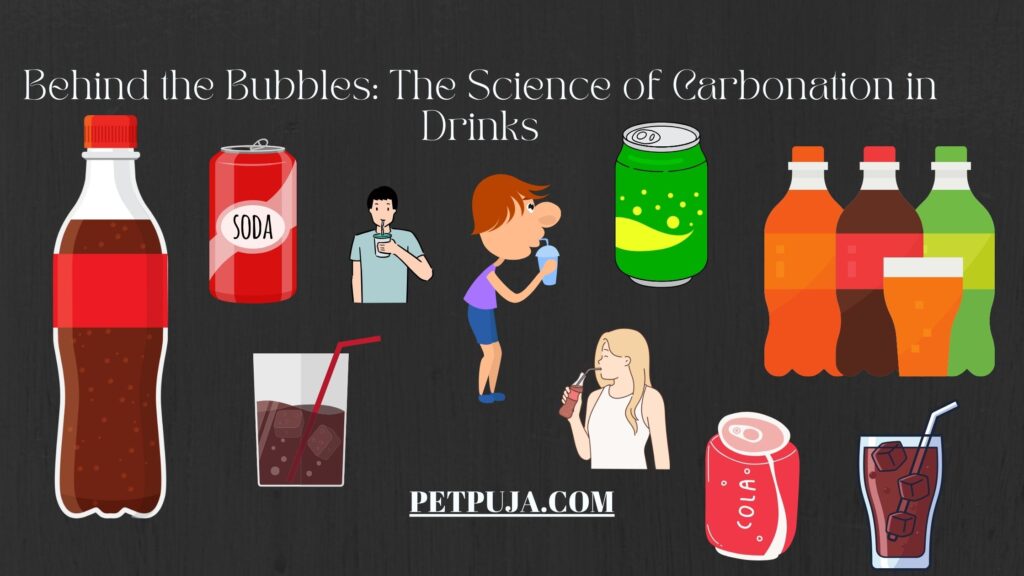
Beer, a beloved beverage enjoyed worldwide, possesses a unique characteristic that sets it apart from other drinks: its delightful fizz. This effervescence is a result of carbonation, the process of dissolving carbon dioxide gas into the beer. Just like soda, this carefully controlled addition of CO2 creates the signature bubbles and refreshing sensation that make beer so appealing.
This article delves into the fascinating world of beer carbonation, exploring the intricate processes involved in creating this bubbly delight. We’ll examine how carbon dioxide is introduced into beer, compare it to the carbonation process used for soda, and discuss the various techniques employed during brewing and bottling to achieve the perfect level of fizz.
Beer Carbonation Process
The journey of carbonation begins during the brewing process itself. After fermentation, where yeast converts sugars into alcohol and CO2, a significant amount of this gas remains trapped within the beer. This natural carbonation contributes to the initial fizziness but is often insufficient for achieving the desired level of effervescence.
To enhance the carbonation, brewers introduce additional CO2 during a process called “carbonating.” This typically involves transferring the fermented beer into tanks where it’s pressurized with CO2 gas. The pressure forces the gas to dissolve into the beer, creating a higher concentration of dissolved CO2.
The amount of pressure and time spent carbonating determine the final level of fizz in the beer. Lighter beers, like lagers, are typically carbonated at lower pressures for a subtler effervescence, while heavier styles, such as stouts or IPAs, may be carbonated at higher pressures for a more pronounced fizziness.
Carbon Dioxide in Beer
Carbon dioxide plays a crucial role in shaping the flavor and mouthfeel of beer. Beyond its contribution to the characteristic fizz, CO2 interacts with other compounds in the beer, influencing its aroma, taste, and overall balance.
The dissolved CO2 creates a tingling sensation on the tongue, enhancing the perception of bitterness and sweetness. It also helps to carry aromas from the beer’s volatile compounds, contributing to its complex bouquet. Furthermore, CO2 can influence the head retention of the beer, creating a lasting foam that adds visual appeal and contributes to the overall drinking experience.
Similarities to Soda Carbonation
The carbonation process used for beer shares striking similarities with that employed for soda. Both beverages rely on the dissolution of CO2 gas under pressure to achieve their characteristic fizz.
In both cases, the amount of dissolved CO2 is carefully controlled to achieve the desired level of effervescence. While soda often utilizes a higher concentration of CO2 for a more intense fizziness, beer typically aims for a subtler and more balanced carbonation that complements its flavor profile.
Brewing and Bottling Techniques
The techniques employed during brewing and bottling play a crucial role in determining the final level of carbonation in beer. During fermentation, brewers can manipulate factors like temperature and yeast strain to influence the amount of CO2 produced naturally.
After fermentation, various methods are used to introduce additional CO2. Some breweries utilize “force-carbonation,” where pressurized CO2 is injected directly into the beer tanks. Others employ a process called “natural carbonation,” where bottles or kegs are sealed with a small amount of residual sugar, allowing for continued fermentation and CO2 production within the container.
Enjoying the Fizz
The perfect level of carbonation enhances the overall enjoyment of beer. A well-carbonated beer offers a refreshing burst of bubbles on the palate, contributing to its crispness and complexity.
When enjoying a cold glass of beer, pay attention to the head retention – the persistent foam that forms atop the pour. This indicates the level of CO2 present and contributes to the visual appeal of the beverage.
Conclusion
The carbonation process in beer is a fascinating blend of science and artistry. From the initial fermentation to the final bottling stage, brewers meticulously control the introduction of CO2 to achieve the desired level of fizz.
This careful manipulation of carbon dioxide not only creates the characteristic bubbles but also influences the flavor, aroma, and mouthfeel of the beer, ultimately contributing to the overall enjoyment of this beloved beverage.
